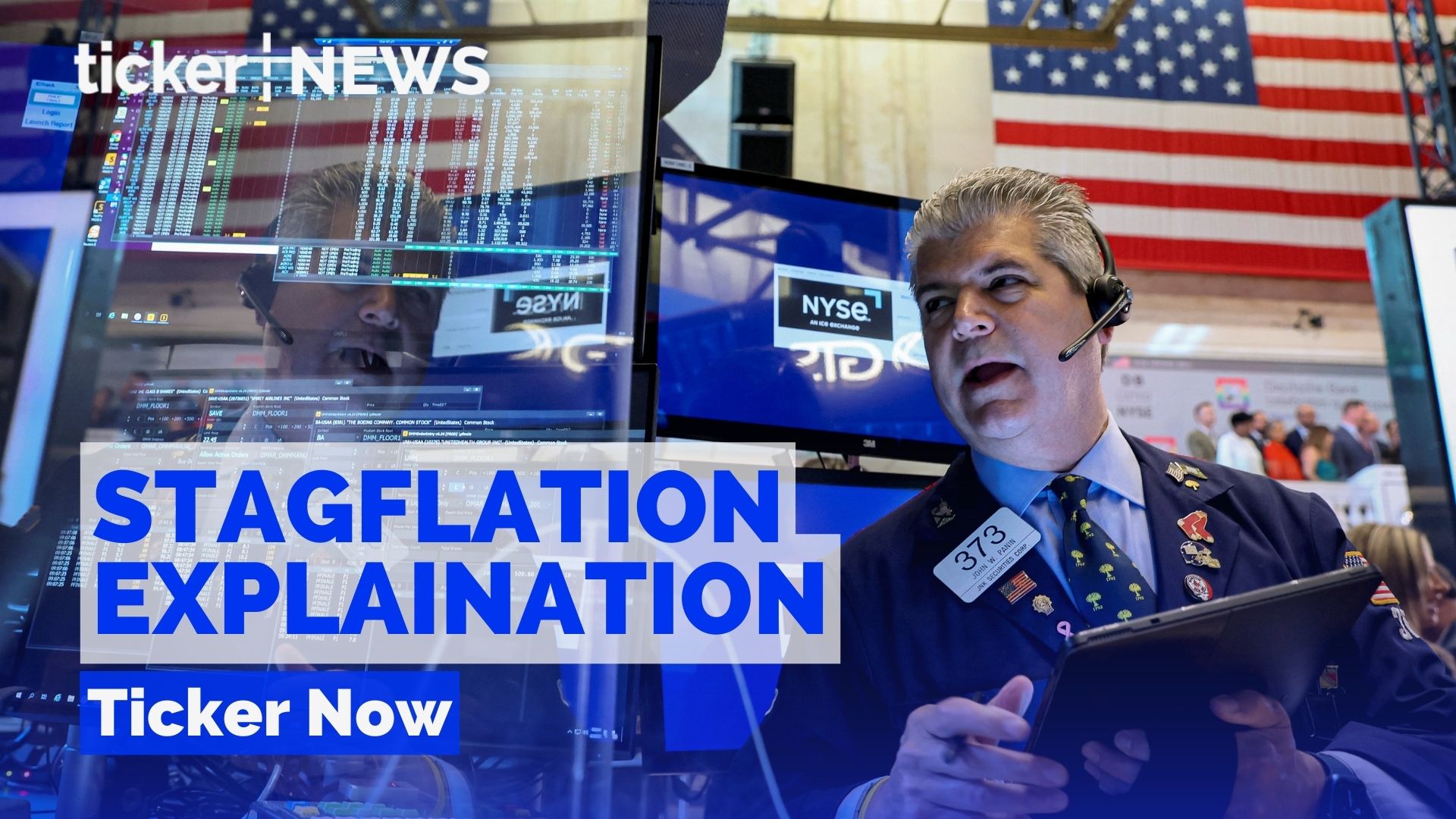The average mortgage rate has surged to 7.09%, a level not seen in over 20 years.
The latest data, released on Thursday by mortgage giant Freddie Mac, underlines the escalating borrowing costs that have thrown a wrench in the gears of the housing sector.
This uptick marks a pivotal juncture as the rate for a 30-year, fixed-rate mortgage climbs above 7% for the first time since the prior autumn, juxtaposing with rates hovering around 5% merely a year ago.
The Federal Reserve’s deliberate push towards higher rates has profoundly impacted the housing realm. As borrowing and purchasing activity slackened due to elevated costs, the housing market has witnessed a palpable slowdown.
This sluggishness has had far-reaching repercussions, leading to substantial layoffs within the mortgage industry and placing strain on overall economic growth.
While not directly linked to the central bank’s maneuvers, mortgage rates exhibit a loose correlation with the trajectory of the 10-year Treasury yield. Thursday’s data reveals that the 10-year yield reached its highest point since 2007. Analysts argue that this may herald further yield hikes, as markets brace themselves for the possibility that rates will remain elevated.
As a consequence, stock markets experienced a decline on Thursday, extending a downward trend observed throughout August, with investor concerns rekindled about continuous Fed rate increases. The minutes from recent Fed meetings reveal that officials maintain their view of inflation risks and the potential necessity for heightened interest rates.
Rising costs
The initial anticipation was that the rising cost of borrowing to secure homes would be transient when the Federal Reserve embarked on a series of interest rate hikes last year.
However, the trajectory has proved otherwise, as rates are now resuming their ascent towards earlier peaks. This resurgence is notwithstanding a brief dip towards 6% in late 2022 and early 2023. Consequently, various stakeholders in the real estate market, from buyers and sellers to investors, are acclimating to the reality of enduring elevated rates.
Prospective buyers find themselves grappling with affordability challenges, as limited options within their budget range hinder their ability to enter the market. Conversely, potential sellers are often hesitant to list their homes due to the reluctance to relinquish low-rate mortgages for more expensive loan options.
Homeowners who recently secured high-rate mortgages with the expectation of swift refinancing are now forced to reconcile with an extended wait. This climate has prompted some potential buyers to delay their plans and continue renting, perpetuating the cycle of high demand and limited supply, which consequently exerts upward pressure on prices.
Existing homes
The median price of existing homes, according to the National Association of Realtors, stood at over $410,000 in June. Though slightly below the previous year’s peak, this figure still ranks as the second-highest ever recorded.
In response to the current state of affairs, Arnell Brady II, a senior loan officer at Bay Equity Home Loans, remarked, “Across the board, most consumers are on the sidelines… They are waiting for the market to improve before they jump back in.”
In the backdrop of historic lows during the pandemic, with rates plummeting below 3%, a wave of buying surged across the United States, driving prices upward, particularly in regions such as Phoenix and Las Vegas.
However, with rates now surging and many workers returning to their physical workplaces, previously hot real estate markets are witnessing a cooling trend. Median home prices in Austin, Texas, and San Francisco have notably declined, according to data from the National Association of Realtors.
Mortgage rates’ palpable impact cannot be underestimated. A comparison between a 4% mortgage rate and a 7% mortgage rate, for instance, illustrates the stark difference in the overall interest paid over a 30-year loan period.
The housing market’s dynamics have shifted notably due to individuals like Stephen Williams, who opted not to sell their homes, contributing to a decline in national transactions. Sales of existing homes, the backbone of the housing market, have dropped by 19% compared to the previous year.



 Shows14 hours ago
Shows14 hours ago


 Leaders5 days ago
Leaders5 days ago


 News3 days ago
News3 days ago


 News16 hours ago
News16 hours ago


 News5 days ago
News5 days ago


 News5 days ago
News5 days ago


 News5 days ago
News5 days ago


 News3 days ago
News3 days ago








